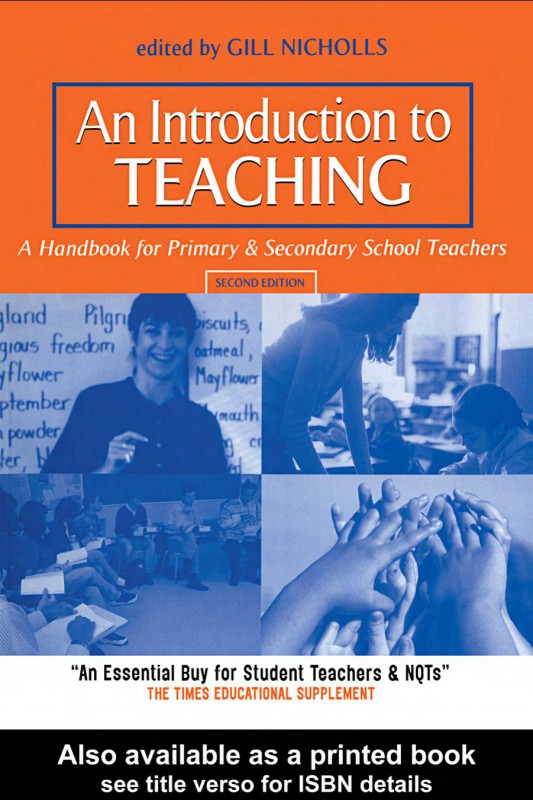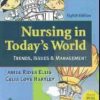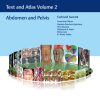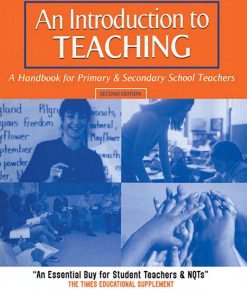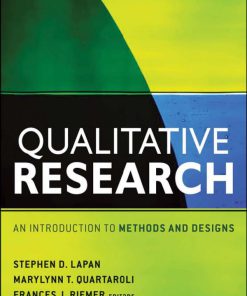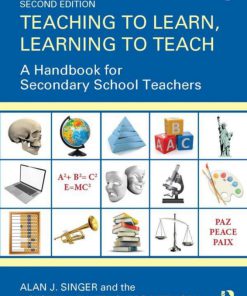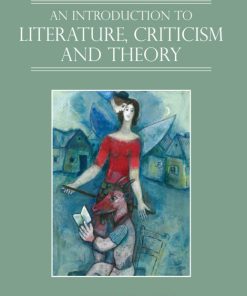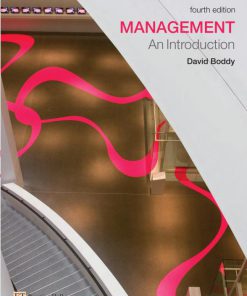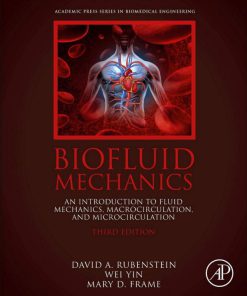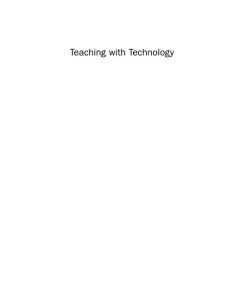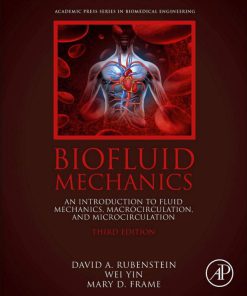(Ebook PDF) An Introduction to Teaching 2nd edition by Gill Nicholls 1134310064 9781134310067 full chapters
$50.00 Original price was: $50.00.$25.00Current price is: $25.00.
Authors:Gill Nicholls (Edt) , Series:Education [216] , Author sort:Nicholls, Gill , Languages:Languages:eng , Published:Published:Dec 2005 , Publisher:Rouledge
An Introduction to Teaching 2nd edition by Gill Nicholls – Ebook PDF Instant Download/DeliveryISBN: 1134310064, 9781134310067
Full download An Introduction to Teaching 2nd edition after payment.
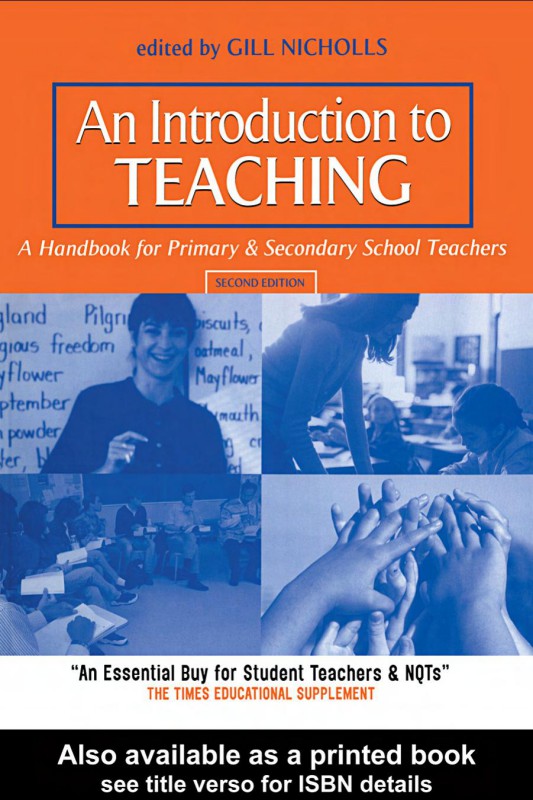
Product details:
ISBN-10 : 1134310064
ISBN-13 : 9781134310067
Author : Gill Nicholls
The expectations of what it is to be a teacher are as high as ever. An Introduction to Teaching, which is the second edition of the well-established textbook Learning to Teach, provides a fully up-to-date introduction to the process and practice of teaching, and the personal and professional skills that successful teaching requires. This comprehensive update of the first edition is written in accordance with the Teacher Training Association and DfES guidelines, and provides in-depth coverage of all the modules included in the teacher training programme. Taking into account recent developments in policy and practice, contributors have incorporated new material covering teaching and classroom management, new approaches to planning, targeting effective learning, introduction to professional requirements and continuing professional development. The book also includes key chapters on the following: the National Curriculum children’s learning the use of IT planning and preparation teaching and classroom management special educational needs working with parents.
An Introduction to Teaching 2nd Table of contents:
1: An Introduction to Teaching
A Brief Historical Context of Education in England and Wales
The Legal Status of Schools
Routes Into Teaching
The Standards for Qualified Teacher Status
The Characteristics of a Good Teacher
References
2: The National Curriculum—15 Years of Reform
Introduction
What is a Curriculum?
Background to the National Curriculum
An Outline of the National Curriculum
The Statutory Framework
General Teaching Requirements
Learning Across the National Curriculum
Flexibility in the National Curriculum
The National Curriculum in Action
The National Curriculum and Continuity and Progression
The KS3 Strategy
The Hidden Curriculum
Further Reading
References
3: Children’s Learning
Introduction
How Do Children Learn?
From Theory Into Practice
Pupils Learning About Learning
Influence of ICT Skills
Conclusions
References
4: Using Information and Communication Technologies (ICT) for Pupils’ Learning
Introduction
The Development of ICT in Education
The ICT Curriculum
ICT to Promote Pupils’ Learning
ICT Whole-Class Resources
Organizing ICT in One’s Teaching
Conclusions
Further Reading
References
5: Planning, Expectations and Targets for Effective Teaching and Learning
So why Plan?
Do as I Say not as I Do…
Standards and the Planning Process
Pedagogical Content Knowledge
Specifying Educational Objectives
Selection of Learning Material
Organization of Learning Activities
Specification of Evaluation Procedures
Preparation of Materials, Resources and Props
Prepare to Be Successful
Appendix
References
6: Teaching and Class Management
Introduction
Establishing an Effective Learning Environment
Rules and Routines Within Class Management
A Positive Climate for Learning
Moving Towards a Proactive Style: Reflection and Evaluation
References
7: Assessment
Introduction
Monitoring and Assessment
Recording and Reporting
Summary
References
8: Special Needs in the ‘Mainstream’
Introduction
What is a Special Educational Need?
Identifying and Assessing Sen
Induction and Sen
Sen in Your School
Special Needs in Your Classroom
Ways of Improving Access for Sen Pupils
Final Words of Advice
References and Further Reading
9: The Inspection Process
Introduction
The Inspection System
The Role of Ofsted
The Ofsted Framework
After the Inspection
Conclusion
References
10: Working with Parents
Parents: The Primary Educators
Making Human Sense: Learning From Birth
Educating Under-5S
Parents as Link: Transition to Primary School
Parents’ Roles in (And Out) of Schools
Growing and Changing: Life Phases and Transitions
Teachers’ Partnerships with Other Adults
Beyond the Standards
References
11: Professional Values and Practice
Introduction
Teacher Colleagues: Establishing Effective Working Relationships Across the School
The School Context: Understanding Professional Responsibilities in Relation to School Policies and Practice
The Importance of Informal Learning Through After-School Activities
Working with Other Professionals, Governors and Interested People
References
12: Continuing Development Professional
Applying for and Securing Your First Teaching Post
Professional Development
References
13: Induction for Newly Qualified Teachers
An Overview of Induction
Entitlements for Nqts
The Aims of the Induction Period
Roles and Responsibilities During Induction
The Monitoring and Support Programme
The Induction Standards
Unsatisfactory Progress
Conclusion
Appendix: The Induction Standards
References
People also search for An Introduction to Teaching 2nd:
an introduction to buddhism teachings history and practices
how to make an introduction video for a teaching job
a modern approach to teaching an introduction to optimization
an introduction to foreign language learning and teaching
teaching today an introduction to education

